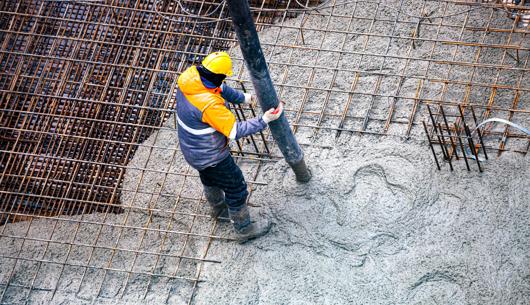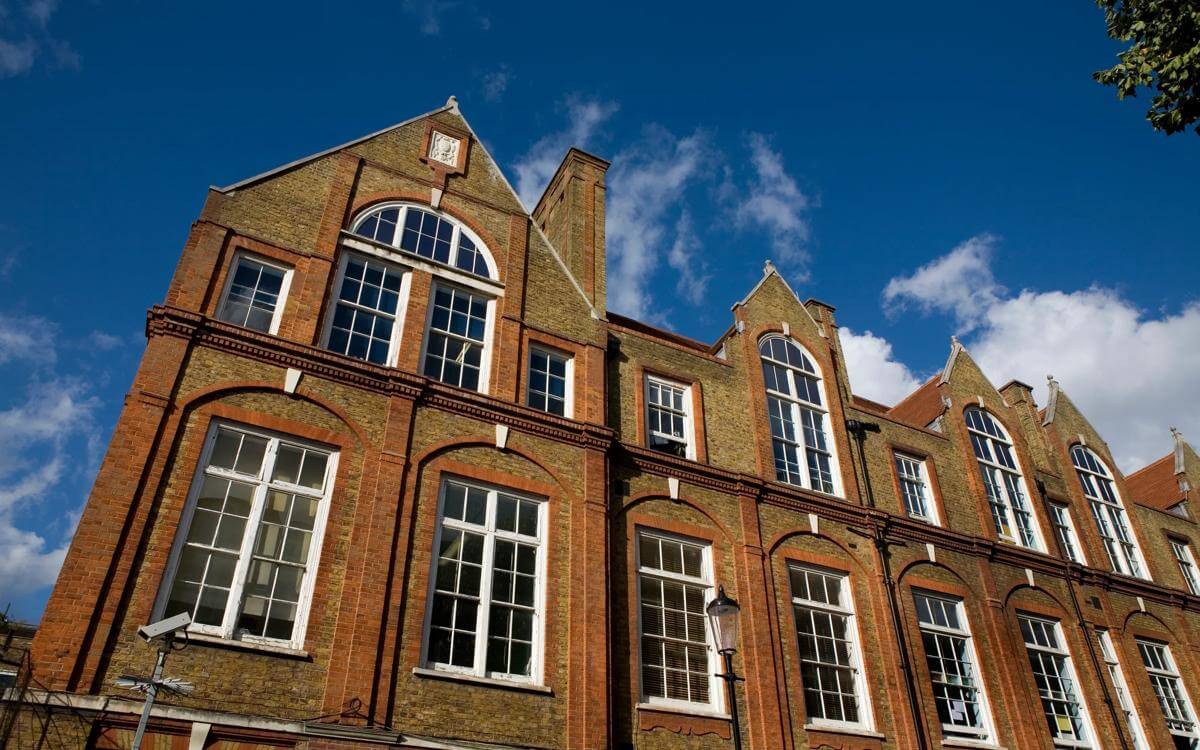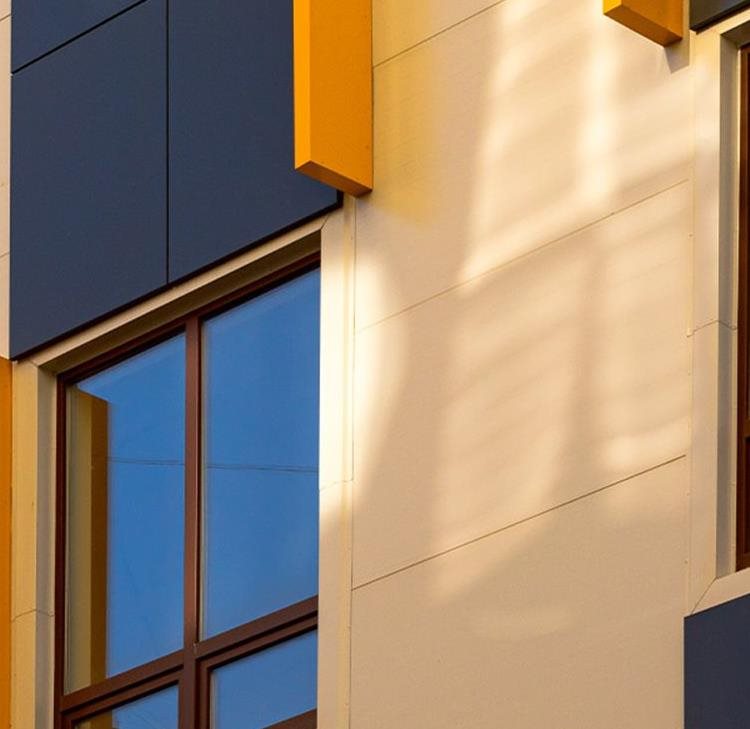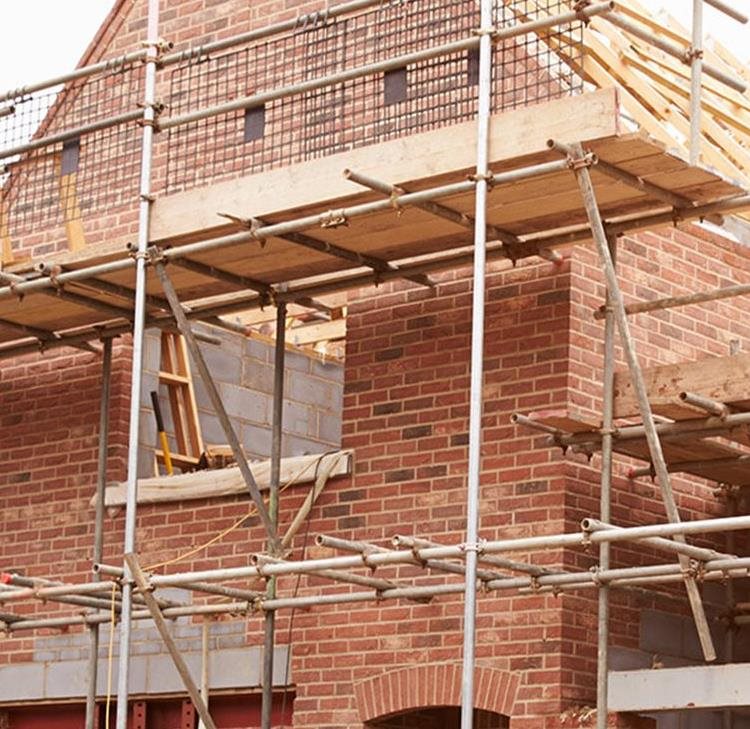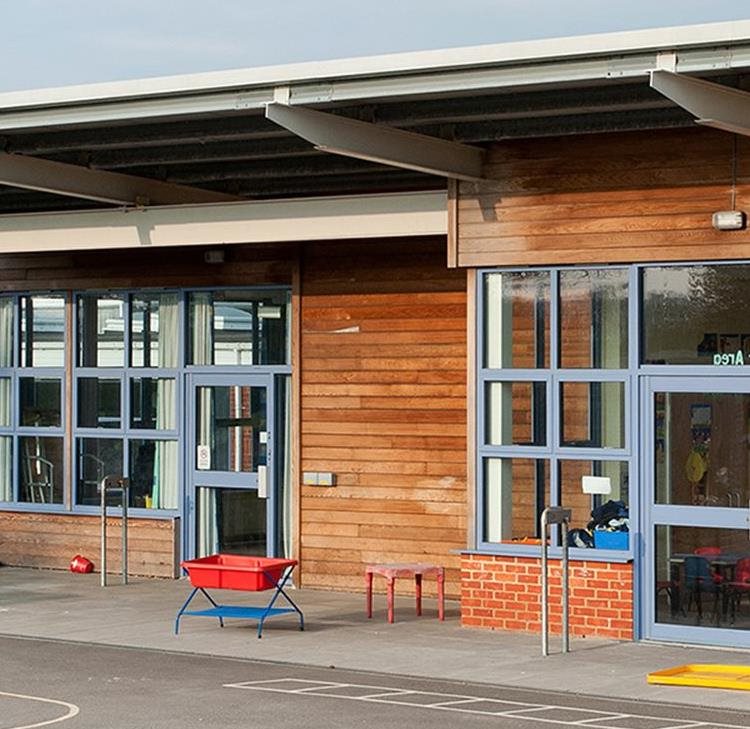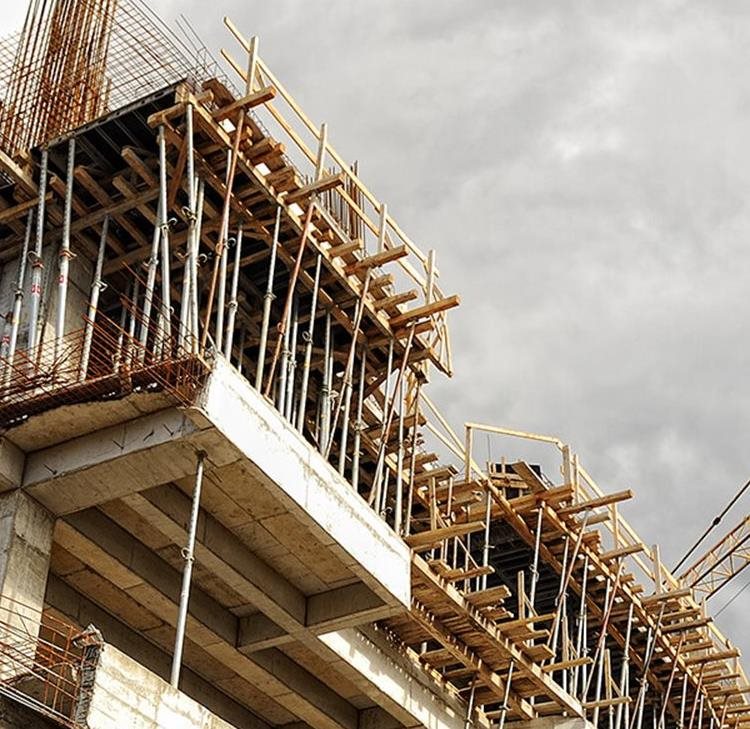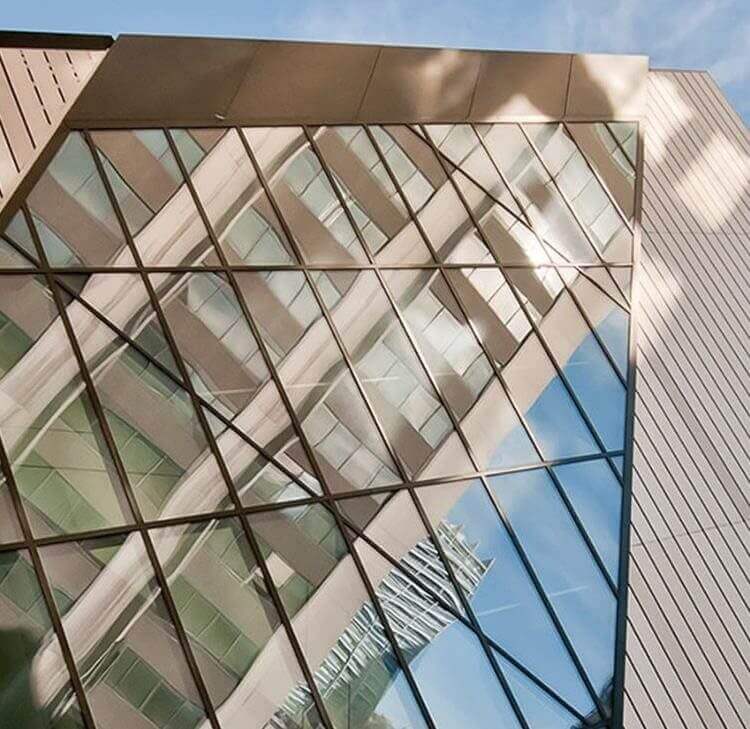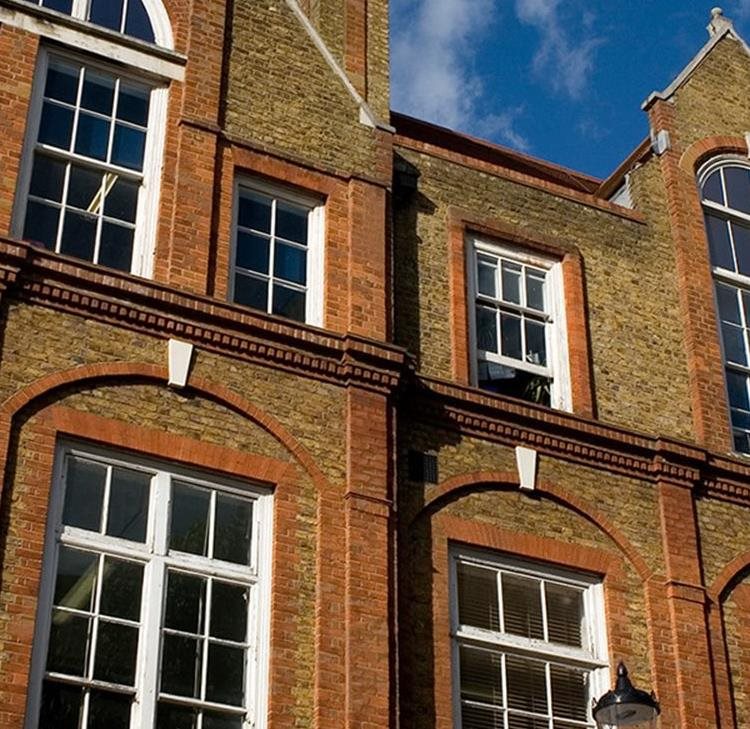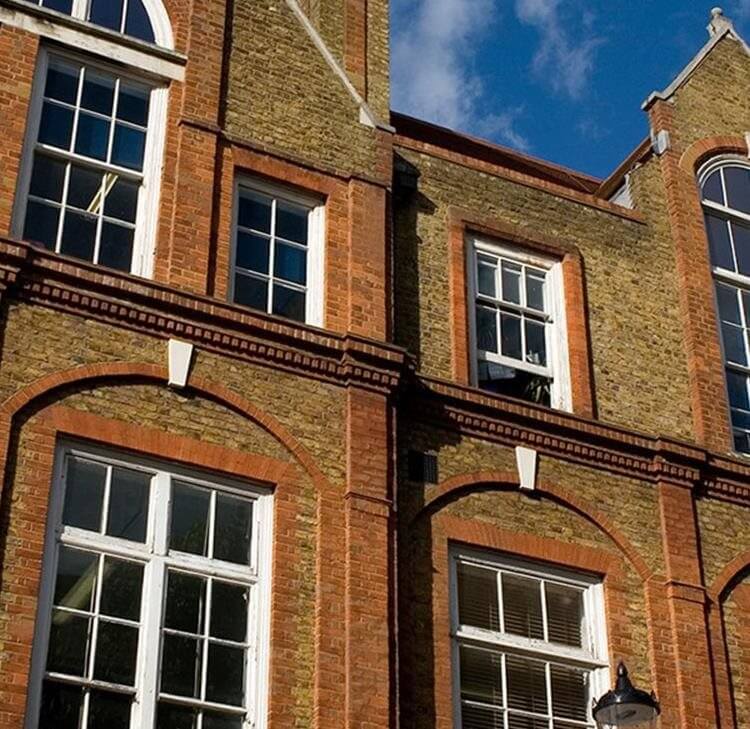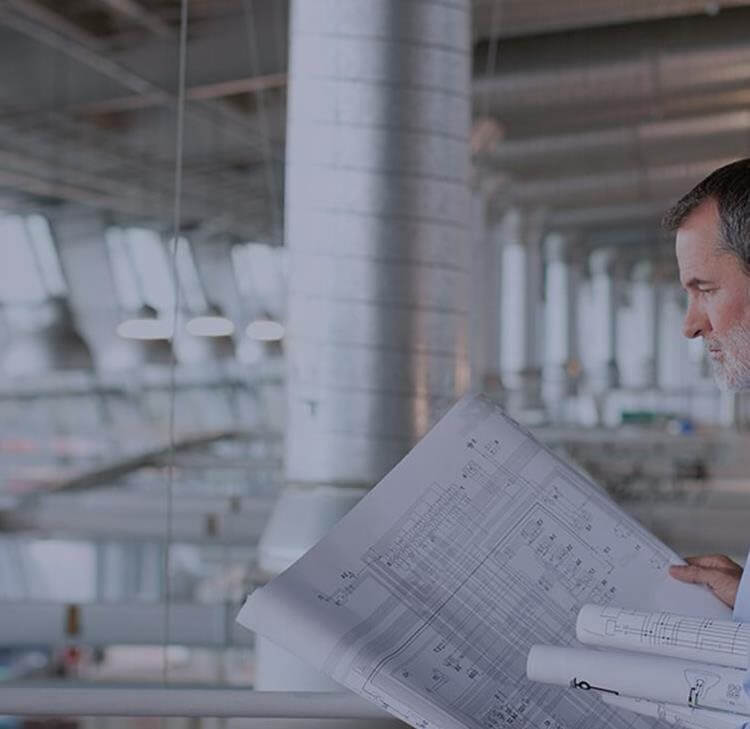This article was first published by TES, September 2023.
As reinforced autoclaved aerated concrete continues to be found in schools, a lawyer offers advice on what to ask to determine your own school’s response.
The presence of reinforced autoclaved aerated concrete (RAAC) is now known to affect 174 schools - and potentially many hundreds more.
For many this has meant rapid work to establish the risks they face and how to mitigate it, as well as dealing with insurance, planning and health and safety.
With so much swirling around, it can be hard to decide on the best course of action. Here’s what schools need to ask themselves.
Do we need a survey?
Any schools concerned about the risk of RAAC should instruct a structural engineer to carry out a survey.
The surveyor should be asked to comment on whether RAAC is present, the building’s current condition and whether it is safe to use, any appropriate management or remediation strategies, and whether the use of any part of the site should cease.
What are our health and safety duties?
School duties under health and safety legislation include ensuring the safety of all people present on site.
As such, schools should carry out risk assessments and include questions such as: what is the risk? Have steps been taken to manage the risk? Are these steps sufficient? Should we restrict access to areas affected? What is the probability of harm? Can people in the building be protected?
These assessments should be kept under regular review, and while there is good sense in retaining old risk assessments, (eg, to defend historic claims), it is the current versions that are relevant and important for day-to-day management of health and safety.
If buildings are affected, whose responsibility is the repair?
To establish this, schools must understand the legal basis on which their buildings are occupied. Is the relevant organisation the freehold owner, a tenant under a lease or does it occupy under some other, more informal arrangement?
A freehold owner will be responsible for the maintenance and repair of its buildings, and for the safety of those who enter the property. However, under a lease, a tenant’s obligations will be set by the lease.
Most academies’ leases follow the DfE’s model academy lease, which is set out as follows:
- The tenant (ie, the academy trust) is required to make good “any deterioration to the condition of the property”.
- The landlord (very often the local authority) may inspect the property and may then serve notice requiring that any breach of a tenant’s repair obligation be addressed. (If such a repair relates to a safety issue, the tenant is required to commence the necessary works within 56 days, which can present issues of both funding and contractor availability.)
- The tenant is required to notify the landlord of any structural damage to the property, or of anything that might adversely affect health and safety at the property.
- Some repair works may amount to alterations, which will require the consent of the landlord under the terms of the lease.
This is a summary of the standard position under the model academy lease, but leases vary in their content - particularly where the leases are for a short term or for only part of a building.
As such, schools should check their position under their own particular leases, or any licence to occupy or other arrangement under which they occupy a space.
How do planning issues affect building work?
Although it may be tempting to move quickly to fix issues, it is important to establish whether any work will have implications under the town and country planning system, particularly if a school is in a conservation area or the building is listed.
Where work is planned, school leaders should take specialist planning advice and factor in a lengthy planning process to their timescales.
This will not mitigate timescales for works required by a lease, so if a landlord does serve notice for work to be carried out, discussions may be required.
Can schools claim under insurance policies?
Deterioration of RAAC is very unlikely to be considered an insured risk, but rather a maintenance and renewal issue, so in most cases, neither standard insurance policies nor the school insurance scheme - known as the risk protection arrangement, or RPA - will provide cover for repairs (although it is still worth checking).
Indeed, the RPA has this week published guidance on its coverage, confirming that neither investigative work nor the cost of replacing RAAC is covered.
However, it does state that the Department for Education (DfE) has committed to funding capital mitigation works once RAAC is confirmed. The increased cost of working while repairing or replacing RAAC will also be met by the DfE.
You may be interested in...
Legal Update
Reinforced Autoclaved Aerated Concrete (RAAC)
Guide
Construction contract limitation periods: A guide for schools
Guide
School estate and workplace risk: Is radon on your radar?
Legal Update
Be prepared for the 2025-26 school year
Press Release - School Leaders Survey
Browne Jacobson’s School Leaders Survey illustrates concerns over financial resilience ahead of spending review
Opinion
Regulator warning on future dangers of asbestos
Press Release
Half of school leaders think Ofsted does not have the expertise for Multi-Academy Trust inspections, according to new survey
Legal Update
Public Sector Decarbonisation Scheme update October 2023: More funding announced
Legal Update - RAAC
RAAC: the tip of the iceberg for school building safety
Legal Update
What does ‘RAAC’ mean for university campuses?
Legal Update
Covering the costs of RAAC – new guidance published
Legal Update
Introducing the Estates Competency Framework
Published Article - RAAC
RAAC: 5 questions to guide investigations
Legal Update - RAAC
Reinforced Autoclaved Aerated Concrete ('RAAC') implications for schools
Published Article - RAAC
Action needed: How RAAC became a critical issue
Legal Update - RAAC
Insurance considerations of RAAC failures - air bubbles belong in chocolate, not concrete!
Legal Update
100+ schools told to close immediately due to threat of Reinforced Autoclaved Aerated Concrete
Legal Update - RAAC
The RAAC crisis: Is it really back-to-school this September?
Legal Update
Work experience placements – commendable: have them, and be alive to the risk
Legal Update
School building safety is ‘a critical risk’
Legal Update
Assured shorthold tenancies for schools… let them have it!
Guide
FAQs – academy re-brokerage
Legal Update
Cyber security and data breaches
Opinion
Implementation of the Fire Safety (England) Regs 2022
Guide
FAQs - converting to academy status
Press Release
Law firm picks up record breaking sixth Education Investor Award
Browne Jacobson’s education team has been named as winner of the ‘Legal Advisors to Education Institutions’ category at the Education Investor Awards 2022 for a record sixth time.
Press Release
Thousands take part in virtual careers event to help increase diversity in the legal profession
Over 3000 young people from across the UK and Ireland took part in a virtual legal careers insight event, aimed at making the legal profession more diverse.
Legal Update
Browne Jacobson’s market leading Education expertise recognised again in latest Legal 500 rankings
The new set of Legal 500 directory rankings have been published and we are proud to once again be recognised as one of the country’s leading firms advising the Education sector.
Published Article
RAAC planks and its impact on local authorities
Recent reports of flat roofs constructed using RAAC planks collapsing without warning prompted the SCOSS alert.
Press Release
Browne Jacobson’s C-suite exec level coaching team appoints two new education specialists
National law firm Browne Jacobson has grown its team behind its dedicated Space + Time executive coaching programme with the addition of two more qualified coaches who will work with clients in the education sector.
Opinion
Fines for unsafe removal of asbestos in schools
In order to reduce the risk of potential breaches, schools should follow this Health and Safety Executive guidance.
Press Release
Browne Jacobson hosts UK’s largest virtual legal careers event to boost access to careers in law
Press Release
New benchmarking service now available to guide the remuneration of school trust executive teams
The Confederation of School Trusts (CST), as the sector body for School Trusts, today releases a salary benchmarking service for executive roles in School Trusts, in conjunction with partners XpertHR, Cendex and Browne Jacobson.
Legal Update
Consultation opens on a revised Building Bulletin 100 design guide for fire safety in schools
Opinion
School not liable for reckless actions of a student
The decision reinforces that the standard of the duty of care owed by schools is one or reasonableness.
Legal Update
‘Everyone’s Invited’ - managing reports of child-on-child assault and harassment
The ‘Everyone’s Invited’ movement has over 9,000 testimonies on its website and, whilst it has recently taken the step to anonymise everything on the platform, a number of schools have been named.
Legal Update
When Covid-19 ‘trips’ up your school’s travel plans
Throughout 2020, journalists and politicians stressed the impact of the Covid-19 pandemic on holiday and travel plans for individuals and households. However, the pandemic has also affected countless school trips, giving rise to legal issues such as schools’ financial exposure to cancellation fees and deposit refunds.
Opinion
Government announces ten-year programme of school rebuilding
Ambitious funding plans, announced recently by the Prime Minister, have made clear that spending on school buildings is seen as a key element of efforts to stimulate the economy post-COVID.
Legal Update
Building for the future
As the new year comes into view, many schools will be considering plans to build or to extend their facilities next year.
Legal Update
O’Byrne Re Land at Tubney, Manor Farm [2018] UKUT 395 (LC) and Roberts v Parker and another [2019] EWCA Civ 121
A couple of cases on the interpretation of easements create no new law, but illustrate a couple of important points.



